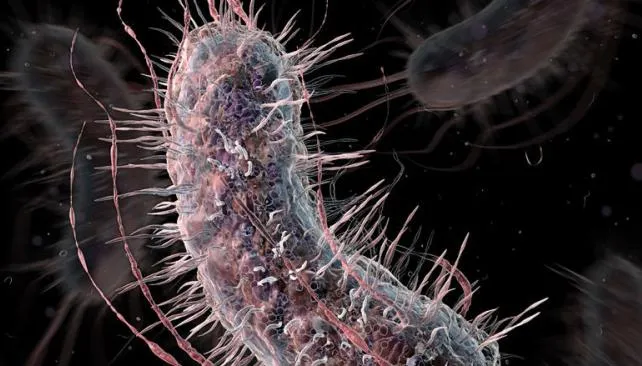Researchers designed bacteria capable of detecting diabetes and urine cancer.In two independent studies, which are published today in the journal Science Translational Medicine, the first successful diagnostic attempts through synthetic bacteria are described.
A group of the National Center for Scientific Research of France led by Alexis Coubet made a reconnection of the genetic circuit of a bacterium to transform it into a diagnostic test for diabetes.
The redesign of the Escherichia coli bacteria could detect precisely and reliable abnormal levels of urine glucose and then generate a visible color change.In short, they perform the same function as the reactive strips used today.The idea is to adapt these bacterial sensors to each patient.
For its part, the group of such Danino, of the California University San Diego (USA), programmed bacteria that may indicate the presence of liver metastases in the urine.Hepatic metastases, a type of cancer that extends to the liver from another body of the body, is treated, but is often detected too late.
Danino took advantage of the natural affinity between bacteria and tumors, and created a bacterial sensor with E. coli, which produces an enzyme when finding a tumor.The metabolic product of this enzyme is a light molecule, easily observable.
More security tests are still necessary for this technology to advance at the clinical level in tests with human beings.
However, bacterial biosensors, for their simplicity and for being a non -invasive technique, could be adapted to be used at home or in remote clinical consultations.


